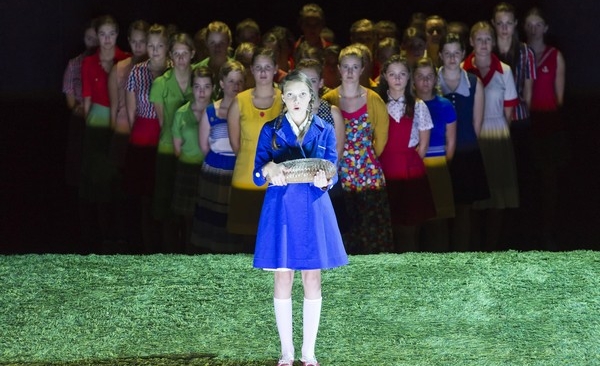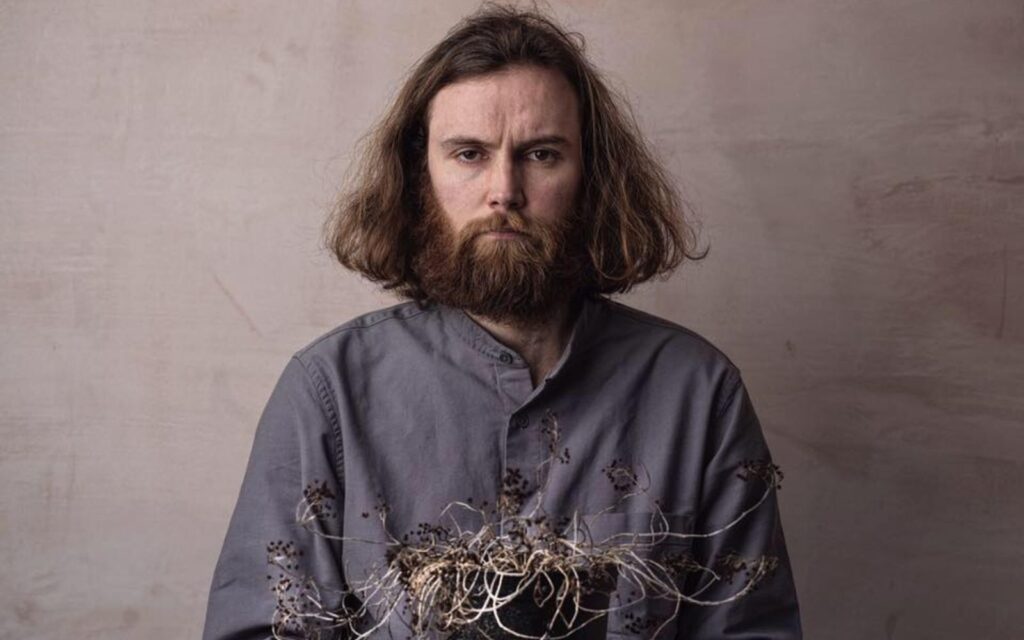One of the most prevalent inspirations for this piece was the work of French writer Alain Robbe-Grillet. One of his quotes in particular, “What do young girls dream of? Of the knife and of blood,” served as a starting point for When the mountain changed its clothing.
“Robbe-Grillet has a couple of texts that show up in this piece,” says the director. “He promotes the image of a young, dangerous girl and when I met the choir members in Slovenia aged between ten and 20 I really was struck by their serenity, their egality and self consciousness.”
“I think that it’s very important that we don’t underestimate kids. In the festival that I’m running right now we have an official festival jury which is a group of kids between 12 and 14. We call it the Children’s Choice Award, and it’s fantastic how they react to art and how free and open they are.” He continues, “This is something that I wanted to invoke with this work; to consider them on our level. It’s not a piece for children, it’s very serious, but very lively and enigmatic.”
Goebbels was also adamant that there wasn’t one specific theme that he is trying to convey with the production. “The centre is actually the audience, which constructs an individual way to understand this piece,” he explains. “The centre is surrounded by several transitions between child, girl and youth as being a girl and a woman between enormous political and radical economic change in the Eastern Bloc country where they grew up.” He continues, “It’s also about how to see the world, how to deal with death and money. There are a lot of questions that give you as an audience a chance and the time to reflect.
“All of these topics somehow shine through and you make something out of it when you see and hear it. It has a lot of unpredictable images, which leaves space for your own imagination, like a painting.”
The individual perceptions and experiences of those who see the show are incredibly important to the director. When asked what he would like audiences to take away from his piece, he states: “That is exactly what I don’t want to define. What I want to offer is a space for the imagination of the audience, to deal maybe with their own childhood, their own fears, their own dreams and their own political experiences.”
Even the name of the production holds incredible significance beyond the norm. Named after a Slovenian folk song, When the mountain changed its clothing holds a deep-seeded meaning for audiences to interpret. However, Goebbels continues to hold his cards close to his chest, giving audiences the chance to do the interpreting for themselves throughout the non-linear storyline.
“It’s a metaphor for the transitions which the girls go through, all the transitions we are facing as an audience and which invoked by what we see and what we hear.”
BY TEGAN JONES







